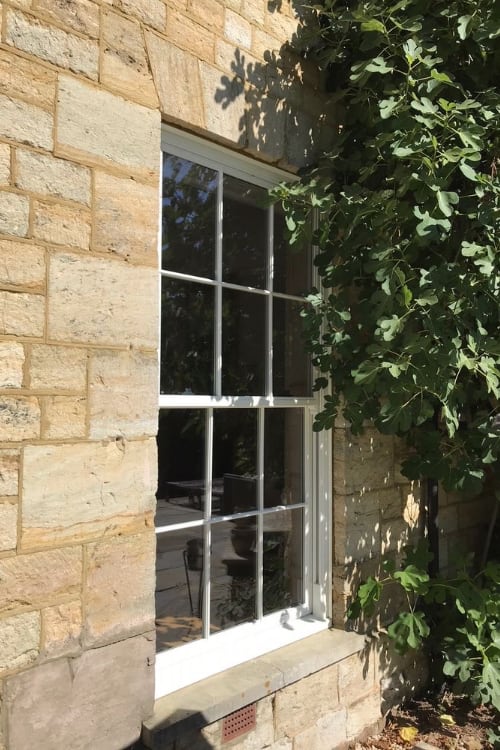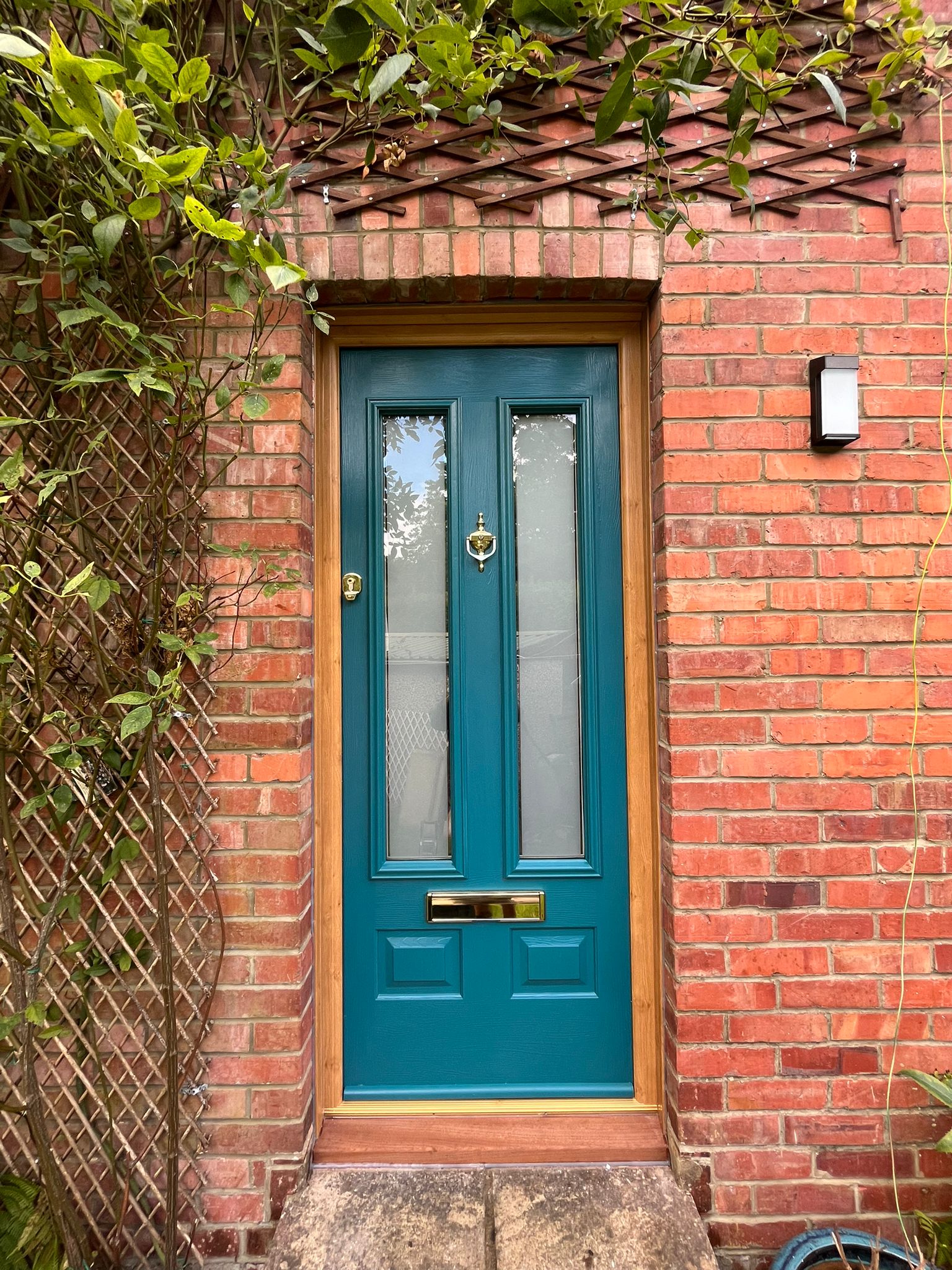Condensation on windows is one of the most common issues homeowners notice, but not all condensation is cause for concern. Understanding what’s normal and what isn’t can help you protect your home from damp, mould, and potential window damage. With a few simple observations, you can tell when your windows are doing their job—and when they might need attention.

1. Outside Condensation: A Sign of Good Insulation
It might seem counterintuitive, but condensation on the outside of your windows is actually a good sign.
When warm air inside your home meets a cold window, it can create moisture on the exterior. This usually happens with modern double or triple-glazed windows that are keeping your indoor heat inside.
Why it happens:
Your windows are highly energy-efficient.
Heat stays inside your home rather than escaping through the glass.
What to do: Enjoy it! Outside condensation shows your windows are working as intended, keeping your home warm and energy-efficient. There’s no need to worry, and no action is required.
2. Inside Condensation: Too Much Moisture
Condensation forming on the inside of your windows, however, can be a sign of excessive indoor humidity. While some moisture build-up is normal—especially in kitchens and bathrooms—persistent condensation can lead to damp, mould, and even damage to window frames.
Tips to reduce inside condensation:
Open windows for 10–15 minutes each day to allow air to circulate.
Use extractor fans in bathrooms and kitchens to remove humid air.
Avoid drying clothes on radiators; consider a vented tumble dryer or airing space.
Keep indoor temperatures steady—a little warmth prevents cold surfaces that attract condensation.
Why it matters: Reducing indoor condensation protects timber windows, doors, and interior walls from moisture damage while keeping your home healthier and more comfortable.
3. Between the Panes: Seal Failure
If you notice mist, clouding, or droplets forming between the glass panes in a double- or triple-glazed window, this is a sign that the unit’s seal has failed.
Why it happens:
The spacer seal around the glass has deteriorated.
Moisture has entered the sealed unit, reducing insulation efficiency.
What to do:
Contact a professional to assess the window.
In most cases, the glass unit will need replacing. This restores thermal efficiency and prevents further condensation issues.
Why it matters: Ignoring seal failure can lead to higher energy bills, reduced comfort, and a window that no longer performs effectively. Prompt action ensures your windows continue to protect your home.
4. Practical Tips for Healthy Windows
Monitor different rooms: Kitchens, bathrooms, and bedrooms are prone to condensation. Check regularly to catch problems early.
Ventilate strategically: Cross-ventilation helps disperse moisture faster. Open two windows slightly to create airflow, even in winter.
Maintain your windows: Clean frames, check seals, and consider weatherstripping if gaps appear. Well-maintained windows are less likely to suffer from moisture-related issues.
Consider energy-efficient upgrades: If condensation is a recurring problem, upgrading to modern double or triple-glazed units can help regulate indoor humidity and keep your home warm.
Condensation isn’t always a problem—it can even be a sign your windows are doing their job. However, understanding the difference between outside condensation, inside moisture, and seal failure is key to protecting your home.
With careful observation, regular ventilation, and proper maintenance, you can enjoy the benefits of energy-efficient windows without the worry of damp or mould. When issues arise between the panes, professional advice or replacement ensures your windows continue to keep your home warm, dry, and comfortable.
At Milford Window Company, we help homeowners identify, maintain, and replace windows as needed, ensuring your home remains energy-efficient, healthy, and protected all year round.

